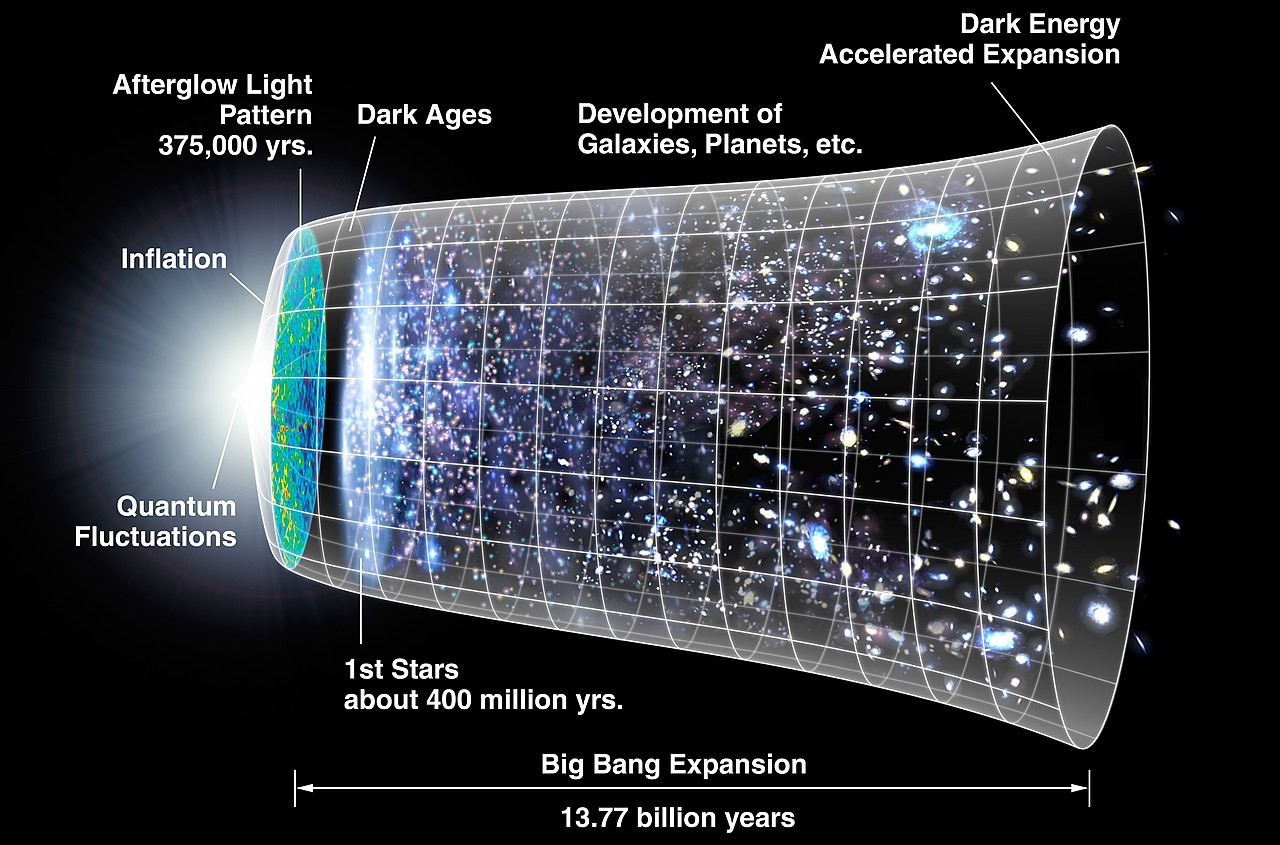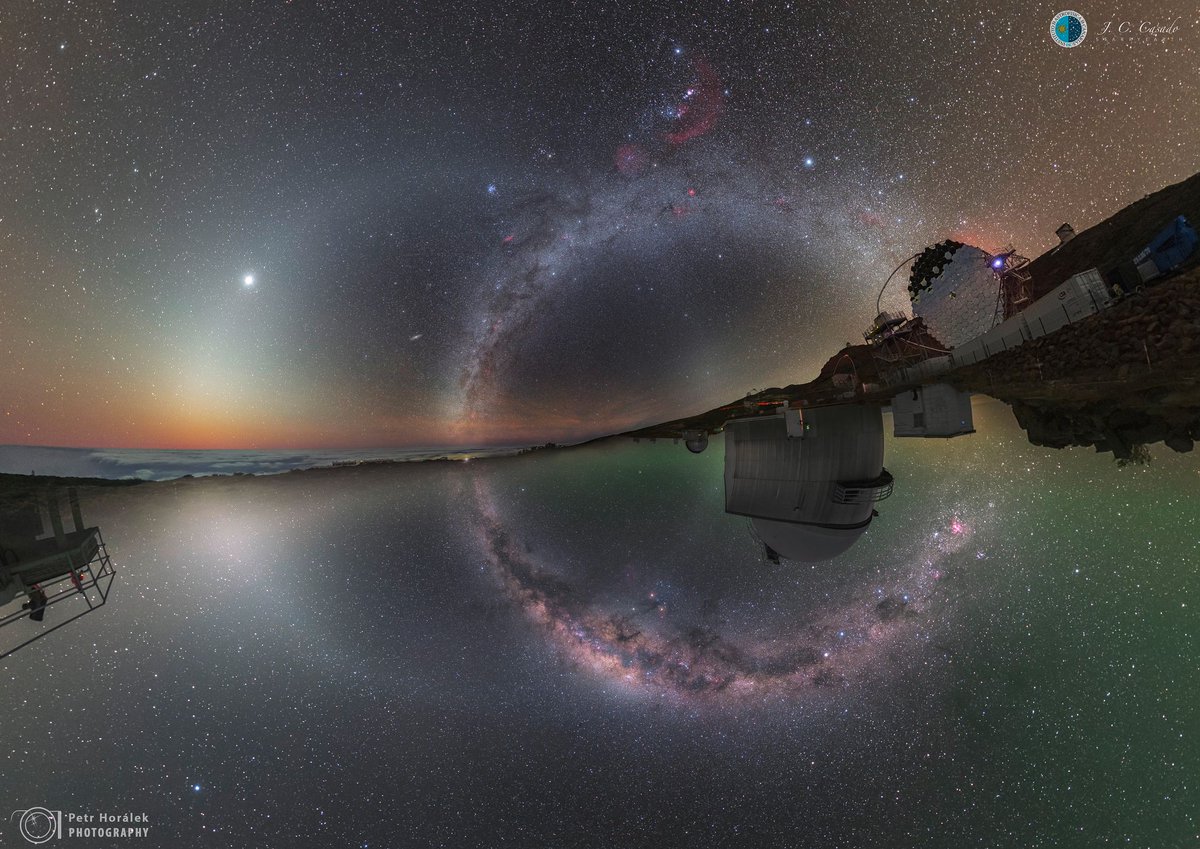After a quarter-century of development, NASA’s James Webb Space Telescope is a smashing success. But senior project scientist John Mather, a Nobel-winning physicist who’s played a key role in the $10 billion project since the beginning, still sees some room for improvement.
Mather looked back at what went right during JWST’s creation, as well as what could be done better the next time around, during a lecture delivered today at the American Astronomical Society’s winter meeting in Seattle.
Continue reading “JWST Pioneer Passes Along Advice for Future Space Telescope Builders”









